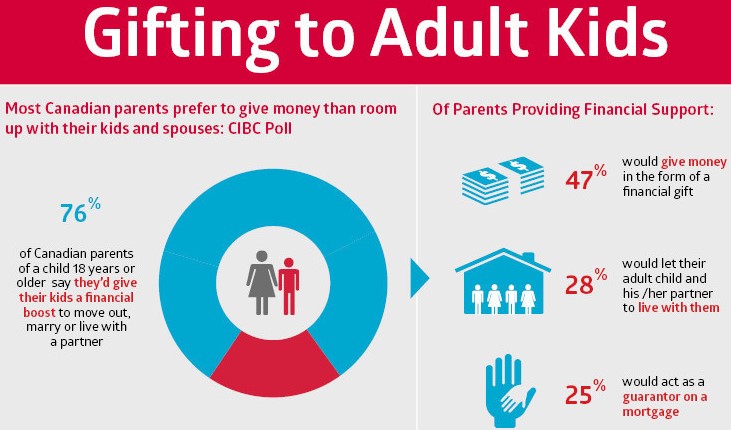Risk. It’s a 4 letter word, one which we want to avoid. But what does “risk” really mean? What does it look like? Are you focused on trying to avoid one kind of risk, a risk that is mostly about how you feel, when there are other risks that are actually more …. risky?
When I put myself in a client’s shoes (your shoes), the biggest risk I’m sure you hate going through is seeing your portfolio fall in “price”. Although it feels like a risk, it is not risk that you should be really concerned about because when you own high quality investments, the “price change” is always temporary; yes ALWAYS. Price only falls because of temporary uncertainty in the market place. It is usually big and wide spread and for that reason, emotion takes over. The 2 biggest REAL risks one faces are:
I might lose money and not get it back. This is permanent loss of a money and almost always is related to buying an investment that was worth no where near what you paid for it.
Outliving your money. This comes from taking a monthly income from your portfolio so you can pay your retirement household living and life (ie travel) expenses. With this risk, your portfolio may not be growing fast enough to match what you are withdrawing.
From a box ticking off exercise required by the various financial regulators in Canada and how most people see it, risk definition is based purely on short term portfolio volatility; how much a portfolio goes up and down. This narrow definition of risk means that a portfolio that bounces around less, is considered… lower risk… tick. However, having the avoidance of price “up and down risk” as your primary portfolio objective, you can actually increase risk #2.
How about if your portfolio isn’t going up as fast as what your friends and families’ are enjoying? Human nature is not to miss out on this good thing. In other words, to actually own a high risk investment so as not to look wrong or daft (I’ve been watching a lot of British shows recently hence the word “daft”). Doing so exposes a portfolio to risk #1 as well as #2. This is where we as undisciplined humans, ones susceptible to peer influence, can get into trouble.
A high flying pharmaceutical company is the most recent bright shiny thing that many novice and professional investors alike couldn’t and still can’t seem to resist. At it’s peak last summer, 73 multi-million and several billion dollar portfolios had allocated 4% or more of their client’s money into this company. Most of these didn’t invest because they thought it was a good business but because they simply didn’t want to miss out on what everyone else was investing in.
One very large, multi billion dollar Canadian bank owned portfolio was those and actually invested in this company just before it hit it’s nadir. In reference to the decision, the portfolio’s June-2015 interim report stated: “The portfolio manager was skeptical…. but being absent of the 3rd biggest stock in the benchmark was too high of a risk.”
This comment is a fairly explicit admission that the investment manager was willing to expose his clients to capital risk (permanent loss of capital) despite having significant misgivings about this company. He invested in it because he didn’t want to look bad or stupid not owning it when so many others did. Sounds like someone who was more concerned about losing his job than the safety of client’s money?
Another example is from one of Canada’s widely recognized investment management names. It also added this risky investment on behalf of thousands of people like you and me, to make it the portfolio’s 3rd largest holding. However, one of the parameters of the portfolio was that ALL investments must pay a dividend. This company did not. A portfolio manager who was willing to go against why their clients invested in the portfolio in the first place, so as to not to look wrong in the short term.
Ironically, this isn’t all that surprising really. Many investment management companies are sales driven. Looking wrong today undermines more money coming in for them to manage, today. This significant deviation from their investment discipline so as not to impede new money coming in, puts existing clients, those with money already in the portfolio, at risk of permanent loss of capital.
If you think that the solution to avoiding this is to rely on the internet for investment advice, there is strong evidence that this is significantly fallible as well. I can pull up all kinds of well respected investing sites that don’t want to look wrong in the short term either. Index investing? No help either. By default you are automatically invested in a company such as this as it goes up in price.
Not worrying about what an investment’s “price” being down temporarily (the lowest kind of risk), knowing what an investment is actually worth, a deep understanding of what the high probability of permanent loss of capital is, a highly disciplined approach to applying it and the willingness to look wrong for what could be quite a very long time, is the only prudent and lowest risk way to have your portfolio managed,





